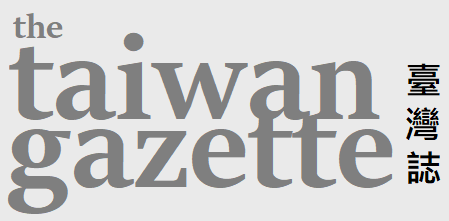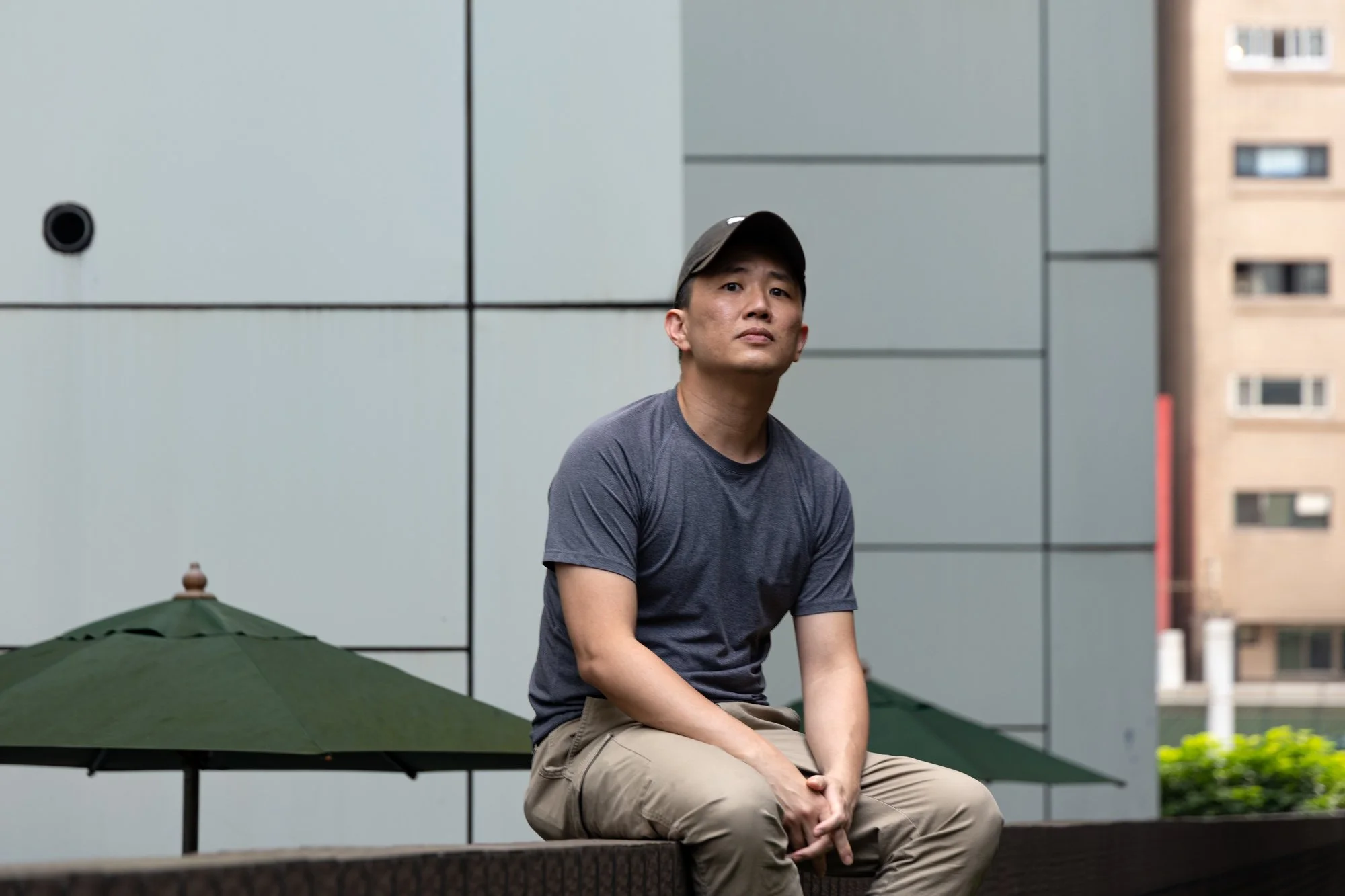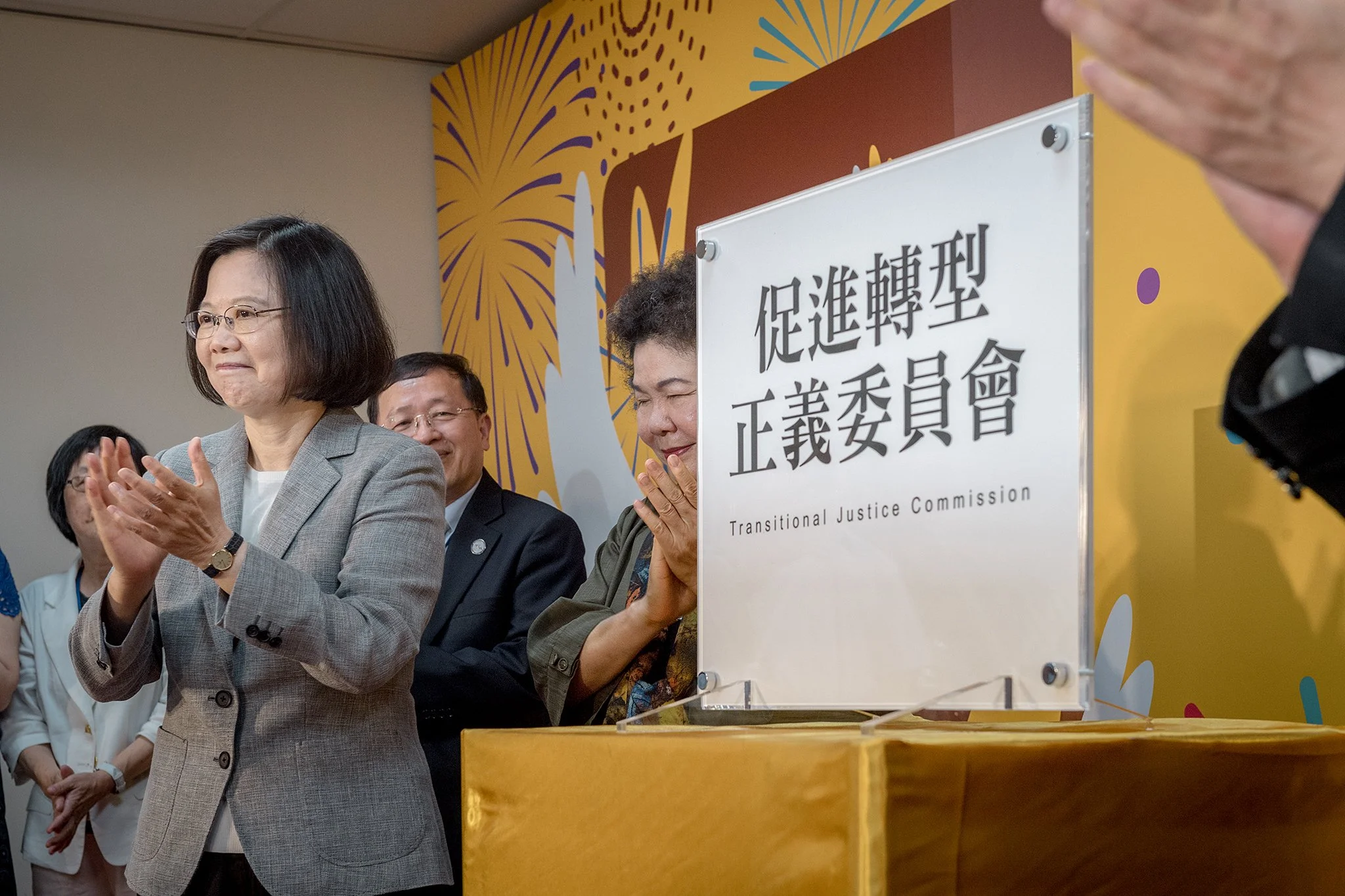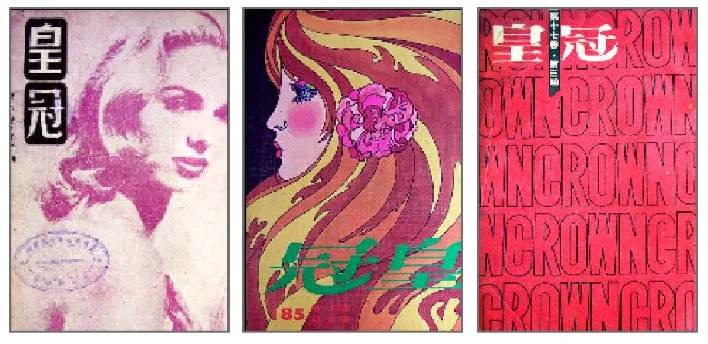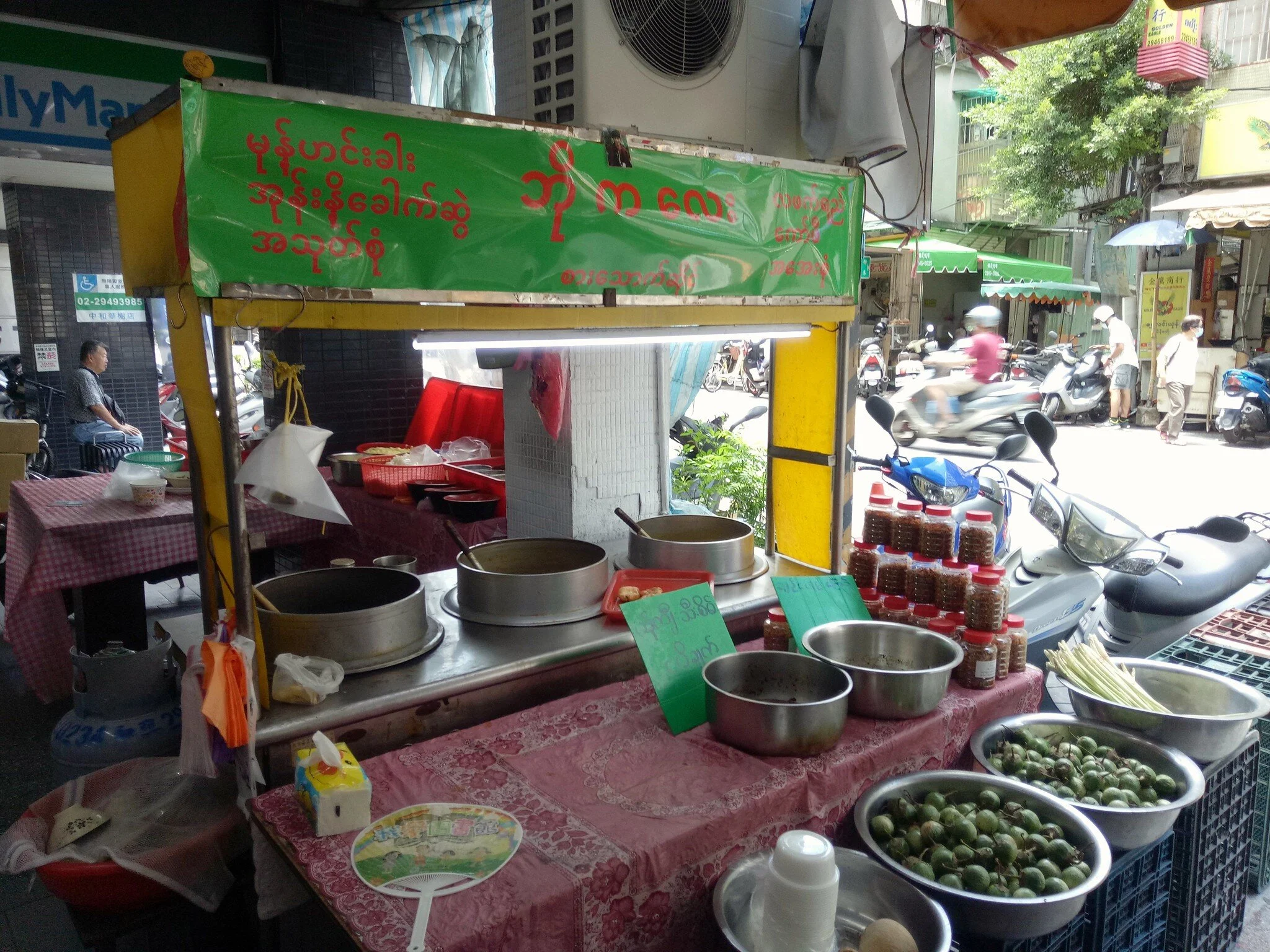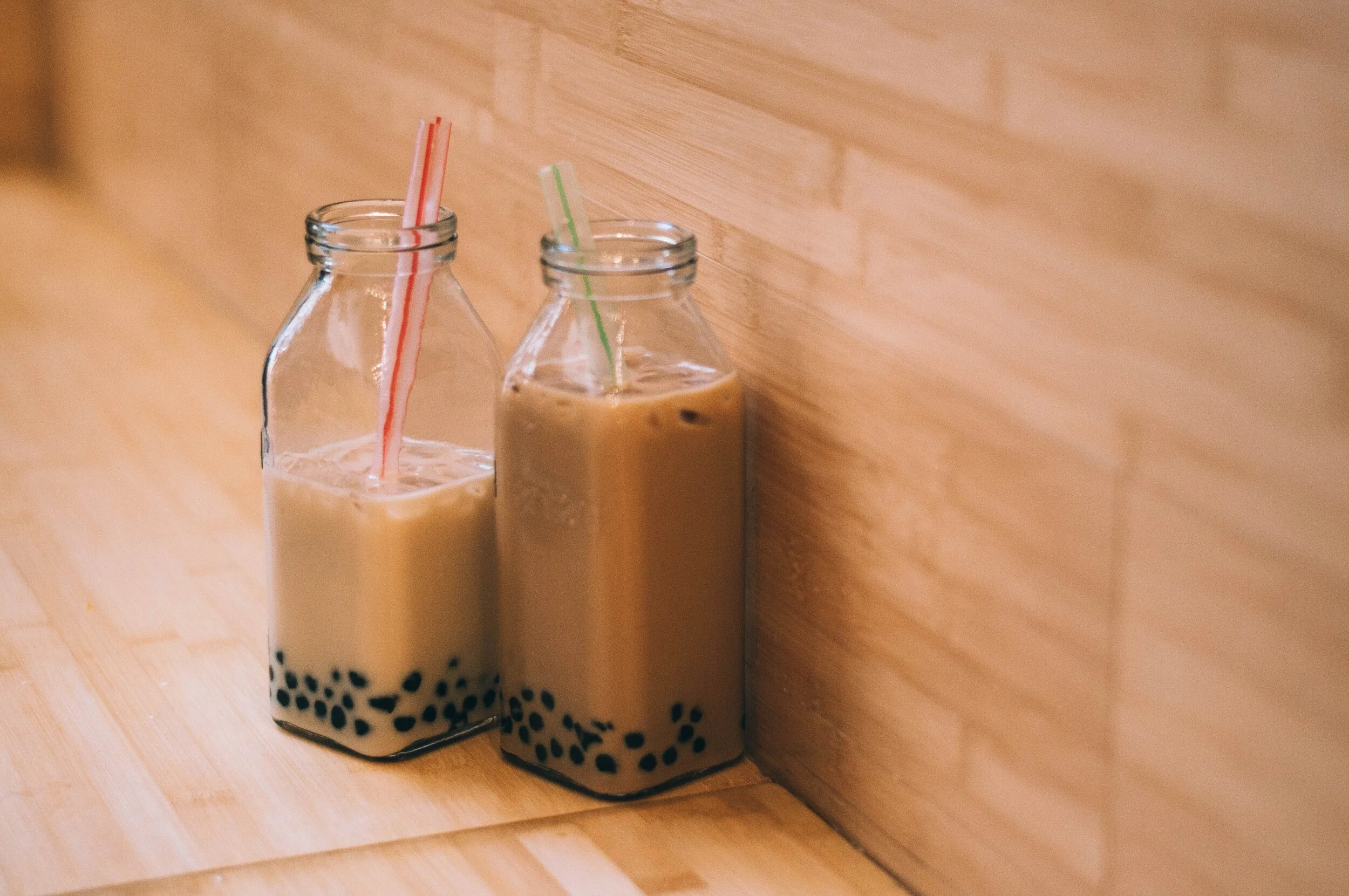The Taiwan Gazette translates and publishes original reporting from Taiwan, Hong Kong and China. Our goal with the platform is simple: We want original reporting from the Sinosphere to have a wider impact on global civil society.

HISTORY
228 & THE WHITE TERROR
ALL
The Kaohsiung Film Archive commissions the creation of documentary films on the city of Kaohsiung, to exhibit “local people’s identification with the land, and display Kaohsiung’s local cultural scene through visuals”. Twenty-five documentary films have been made over the past ten years, which touch on aspects such as folk customs, industry, military dependents' villages, indigenous people, migrant workers, and landscape transformation. Taste of Wild Tomato, which was nominated in the 2022 Taiwan International Documentary Festival (TIDF) competition, is one of the latest commissioned works. The film breaks free of the longstanding framework of discussing and recreating the February 28th Incident, extending from this singular focus to the furthest realms of visual language. Through a loose and poetic narrative, the film casts light upon the multifaceted, uncertain and unstable history of the city, and indeed the country as a whole.
How have Taiwan’s civil society responded to the limits of state-organized transitional justice initiatives?
How can we understand the challenges and possibilities facing Taiwan’s quest for transitional justice through the lens of constitutionalism and political contestation?
Chen Wen-hsi was the first casualty of the 228 Massacre. He was also an unemployed loafer and the brother of a notorious crime boss. Was he a victim or a villain?
In 2016, Taiwan's supreme court ruled that a 228 victim family from Okinawa had the right to receive government compensation. Taiwan watcher Tsuyoshi Nojima asks what Japan can learn from the ruling.
In 2013, Tsai Ing-wen wrote a letter to the youth of China about the 228 Massacre, and expressed her hope for a future democratic China.
The Tsou people of Alishan talk about their families’ suffering during the 228 Massacre and White Terror period.
The families of 228 Massacre victims in Chiayi recount the losing battle of the local militias and the senseless violence that came afterwards.
Victims’ families in Keelung and Badu recount the horrors they witnessed during the 228 massacre.
Seven decades after the 228 Massacre, survivors and relatives in Taipei City and Taipei County recount their experience and anguish.
A year and a half before the 228 Massacre, the Chinese Nationalists were busy robbing Taiwan in broad daylight.
Featured
How have Taiwan’s civil society responded to the limits of state-organized transitional justice initiatives?
How can we understand the challenges and possibilities facing Taiwan’s quest for transitional justice through the lens of constitutionalism and political contestation?
2022年1月6日,香港民主派初選大搜捕屆滿一週年。面對身處港版《國安法》陰霾下的香港,臺灣的轉型正義經驗有什麼參考的價值?我們很榮幸能訪問黃丞儀教授,探討臺灣解嚴三十多年來轉型正義進程與中華民國憲政體制之間錯綜復雜的關係。在訪談中,黃教授將由法律與政治的辯證過程,討論當前臺灣轉型正義面臨的種種問題、對歷史真相的還原,以及對未來的展望。
Between 1949 and 1999, the National Defense Medical Center was located around what is now the Shuiyuan Campus of National Taiwan University. Ghastly rumors about the site circulated among present-day college students. Why was the site haunted and by whom? What might be the ghosts’ unfulfilled wishes? How have fictions and oral narratives about the White Terror in Taiwan contributed to a haunted remembering of the site? And how should we reckon with the ghastly heritage of NTU’s Shuiyuan Campus and beyond?
Former grand justice Hsu Yu-hsiu writes about the lockstep political development of Taiwan’s independent press and the tangwai movement, and how the public found courage to speak their conscience.
Writer Tang Shu-wen says the ghosts of the martial law period lived on in Taiwanese schools for nearly fifteen years.
Writer Chen Rou-jin talks about her identity crisis as a high school student during the martial law period, and how it affects her to the present day.
A child of the martial law period says its influence persisted even after it ended and that she was “blacklisted” by her classmates for not crying at the former president’s funeral.
Writer Chen Tsui-lien says the KMT’s party-state education system was an efficient brainwashing apparatus. But when the cracks started to appear, the entire system came crashing down.
The graves of White Terror victims at Liuzhangli were forgotten for decades. Now, preserving the site has become surprisingly controversial.
Forty years after the Zhongli Incident, former DPP chairman Hsu Hsin-liang revisits Taiwan's first step towards democracy.
JAPANESE COLONIALISM & THE COLD WAR
Featured
We are pleased to discuss with Professor Seiji Shirane the intermediary role of colonial Taiwan and overseas Taiwanese subjects in the Japanese Empire’s southern advance in South China and Southeast Asia. Part 2 covers Professor Shirane’s thoughts on his book’s potential reception in Taiwan, his pedagogical and historiographical interventions in the field of modern Japanese history, the goals of the newly founded Modern Japan History Association (MJHA), and his advice to graduate students studying Taiwan history in North America.
We are pleased to discuss with Professor Seiji Shirane the intermediary role of colonial Taiwan and overseas Taiwanese subjects in the Japanese Empire’s southern advance in South China and Southeast Asia. The interview is published in two parts. Part 1 details Professor Shirane’s academic trajectory and the historiographical interventions that his scholarship builds on and further extends.
How have Taiwan’s civil society responded to the limits of state-organized transitional justice initiatives?
How can we understand the challenges and possibilities facing Taiwan’s quest for transitional justice through the lens of constitutionalism and political contestation?
In Taiwan, many school campuses are said to have been built upon the site of public cemeteries. This article will probe into the mystery of school campuses by looking at the history of public cemeteries and the founding of several schools in Taipei City.
The 1950s Taiwan was commonly known as an era of political suppression. Yet, elements of Taiwanese culture flourished during this period, paving the way for the growth of Taiwan’s entertainment industry. This article considers the role of radio and magazine in giving a “voice” to Taiwanese society under martial law.
Few scholars have investigated both the colonial origin of Taiwan’s medical profession and the development of Taiwan’s public health system and civil society engagement after democratization. How did the medical profession in Taiwan emerge in the Japanese colonial era? Why are there many doctors actively participating in today’s Taiwanese politics?
During the 1960s and 1970s, Keelung was famous for its indent store business, a trade that specializes in consigning goods for sale or purchasing imported goods. How should we understand the rise and fall of the "indent store" business in relation to the historical formation of Keelung city?
2022年1月6日,香港民主派初選大搜捕屆滿一週年。面對身處港版《國安法》陰霾下的香港,臺灣的轉型正義經驗有什麼參考的價值?我們很榮幸能訪問黃丞儀教授,探討臺灣解嚴三十多年來轉型正義進程與中華民國憲政體制之間錯綜復雜的關係。在訪談中,黃教授將由法律與政治的辯證過程,討論當前臺灣轉型正義面臨的種種問題、對歷史真相的還原,以及對未來的展望。
The practice of physical training is not only an issue of individual choice but has always been intertwined with the political economy of nation-building. A story of civilization, wartime mobilization, and nationalism, this article on physical training features as part of our special issue: Encountering Everyday Life: Taiwan in Museums.
In the early stage of Japanese colonial governance, the Government-General of Taiwan encouraged the straw hat business—the growth of which not only brought Taiwan to the stage of international fashion, but also consolidated Japan’s colonial imaginary of Taiwan as a southern island, a strategic site from which the southward advance policy could be launched. A story about colonial modernity and imaginaries, this article features as part of our special issue: Encountering Everyday Life: Taiwan in Museums.
Taiwan’s sugar industry flourished during the Japanese colonial era, giving birth to the widely known chocolate brand: The Meiji Chocolate. A story about Japanese colonial modernity and anti-colonial resistance in Taiwan, this article on sugar features as part of our new special issue: Encountering Everyday Life: Taiwan in Museums.
Huaxin Street, also known as Little Burma, is home to a large overseas Burmese-Chinese community in Taiwan. How did this community come to be? How did the overseas Chinese policies of “Free China”’ contribute to this rise of this community? What can we learn from this community’s relationship with its “homeland”?
During WWII, the Japanese empire mobilized its colonial populations for its imperial expansionist efforts. In 1944, Tân Í-bûn from colonial Taiwan joined the Japanese Imperial Army and served in Manchuria. When war concluded, he was captured as a POW and interned in Siberia. 70 years later, his grandson Chen Li-hang reflected upon the historical knowledge production of this wartime experience.
For decades, the Love River (愛河 Ai He) has always been a sparkling spot of Kaohsiung’s cityscape. In this article, readers will find out how the story of this beloved river intertwined with the city’s century-long history, from the Qing Dynasty, the Japanese colonial era, to the twenty-first century.
During WWII, there were hundreds of Taiwanese living in Southeast Asia. They were regarded Japanese, lost everything overnight and were detained in internment camps. Shu-min Chung (鍾淑敏) had dug up historical materials in search of the Taiwanese in internment camps, trying to fill in the forgotten history of overseas Taiwanese.
Last year, the Taiwan Railways Administration imposed a ban on public sitting in the lobby of Taipei Main Station, citing COVID-19 concerns. This sitting ban raised urgent questions: Who has claims over this space? What might be the historical and ideological forces shaping the usage of this space? And why is Taipei Main Station associated with the signs of “Free China” and the rise of “Little Indonesia”?
During COVID-19, exceptional public health measures were adopted by nations to secure their populations from disease and death. In imperial Japan, practices and discourses of public health played an equally important role in transforming the nation into a civilizing power fit to survive in the modern world. What can we learn from the practice of mask-wearing in colonial Taiwan?
Pop songs in Taiwan have been an inseparable element in people’s everyday life. How was its rise and popularity linked to Japanese colonial governance in Taiwan? How did the reception and prohibition of pop songs shift under the Nationalist government’s martial law regime?
The KMT established the Golden Horse Awards in the 1960s as a propaganda tool to promote patriotic Mandarin-language films, but did you know the first Golden Horse Award was just a sideshow for Taiwan’s massive Taiwanese Hokkien film industry awards?
In this special discussion, five authors talk about the impact of “On Happiness Road” and its ability to transport viewers to another era.
Sixty-five years ago, these Korean War POWs were determined to be repatriated to the Republic of China on Taiwan. The price was a tattoo that proved their loyalty.
EVERYDAY LIFE
Featured
The 1950s Taiwan was commonly known as an era of political suppression. Yet, elements of Taiwanese culture flourished during this period, paving the way for the growth of Taiwan’s entertainment industry. This article considers the role of radio and magazine in giving a “voice” to Taiwanese society under martial law.
During the 1960s and 1970s, Keelung was famous for its indent store business, a trade that specializes in consigning goods for sale or purchasing imported goods. How should we understand the rise and fall of the "indent store" business in relation to the historical formation of Keelung city?
Wheaten foods play an important role in the everyday life of Taiwanese people. However, the mass introduction of wheaten foods to Taiwan and even Taiwan’s own domestic production of flour are fairly recent phenomena. Why did Taiwanese begin integrating large quantities of wheaten foods into their diet? The answer to this question is intimately linked to U.S. aid. A story of food culture and U.S. Cold War cultural policy in Asia, this article features as part of our special issue: Encountering Everyday Life: Taiwan in Museums.
In Taiwan, using a steam rice cooker is an everyday experience. However, up until the 1960s, the big stoves, briquette stoves, and kerosene stoves still enjoyed widespread popularity. How did the steam cooker eventually step into Taiwanese homes and become one of its essential kitchen appliances? This article will present a few facts about the steam rice cooker, examining the history of its growing popularity in Taiwan.
For decades, the Love River (愛河 Ai He) has always been a sparkling spot of Kaohsiung’s cityscape. In this article, readers will find out how the story of this beloved river intertwined with the city’s century-long history, from the Qing Dynasty, the Japanese colonial era, to the twenty-first century.
Bubble tea and handmade drink shops are an indispensable part of Taiwanese food culture. For years, they play the role of a cultural ambassador, promoting Taiwanese cuisine to the international community. How did bubble tea rise to its current status of Taiwan’s “national drink”? How did this “bubble tea kingdom” come to be? What can we learn from the rise of handmade drink shops in Taiwan?
During COVID-19, exceptional public health measures were adopted by nations to secure their populations from disease and death. In imperial Japan, practices and discourses of public health played an equally important role in transforming the nation into a civilizing power fit to survive in the modern world. What can we learn from the practice of mask-wearing in colonial Taiwan?
Pop songs in Taiwan have been an inseparable element in people’s everyday life. How was its rise and popularity linked to Japanese colonial governance in Taiwan? How did the reception and prohibition of pop songs shift under the Nationalist government’s martial law regime?
Taichung's historic railway station closed down in 2016. In its final week of operations, writer Chen Hung-pai visited the station to pay her respects.

